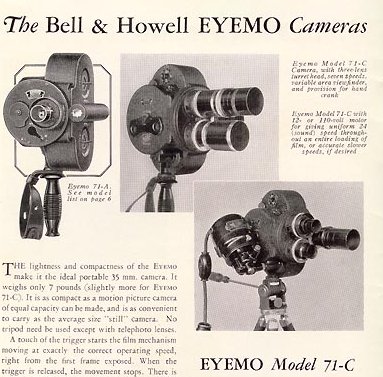LizzieMaine
Bartender
- Messages
- 34,200
- Location
- Where The Tourists Meet The Sea
There are also plenty of Americans who deny the reality of the brutality of Japanese militarism. One myth that's current among the hand-wringing set is that the United States *provoked* Japan into attacking Pearl Harbor by imposing an oil embargo -- and that after diplomatic efforts to remove that embargo failed, an attack was the only recourse left. This may rank as the most ridiculous myth of World War II -- when you consider that although the embargo was imposed in 1941 as a result of the Japanese occupation of French Indochina, it was first proposed in the fall of 1937 as a direct reaction to the Rape of Nanking. Japanese brutality directly led to that embargo, as well as all of the other consequences that would follow. The militarists sowed the wind -- and reaped the whirlwind.
Last edited:



